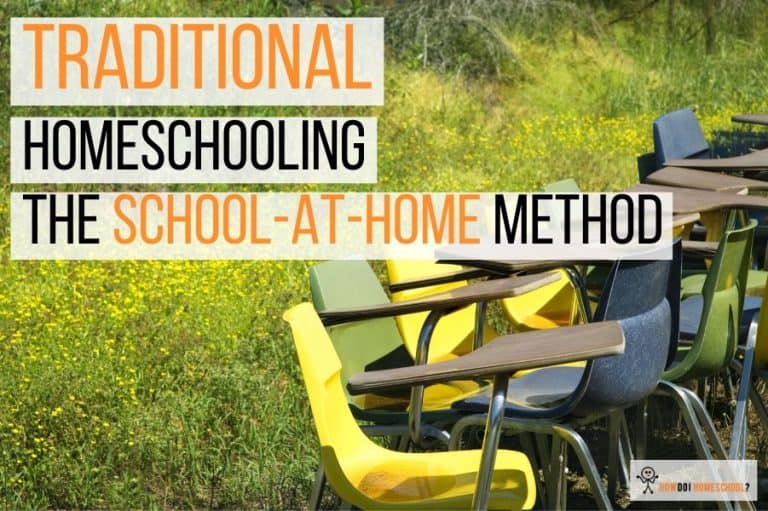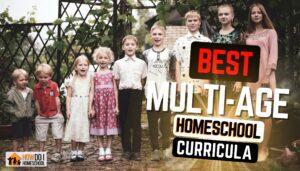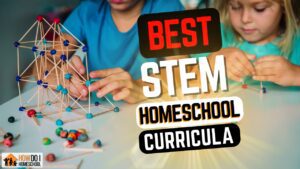If you’re new to homeschooling, chances are you will automatically fall into educating using a traditional homeschooling method. This method is similar to the one schools use. For this reason, home educators call it the ‘school-at-home’ approach. Because most of us have attended school, we are probably quite comfortable with the traditional method. However, we’re going to think about if this is really the best way to homeschool – especially for your family.
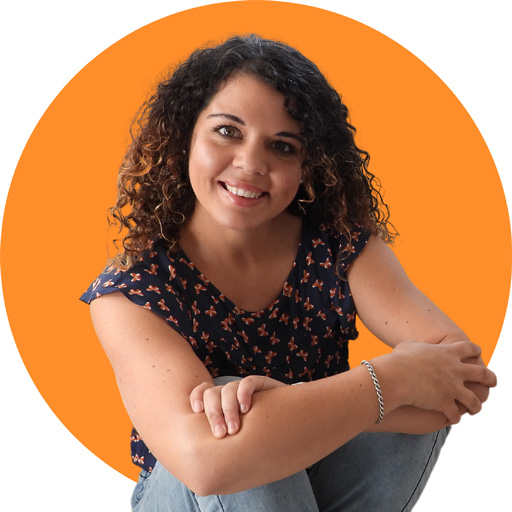
I hope you enjoy reading this blog post. If you want to do my course on how to homeschool, click here.
- The homeschool definition (not just school-at-home?)
- About traditional homeschooling (or the school-at-home approach)
- Are there different educational methods?
- Traditional curriculum packages
- Choosing a method: what’s my educational style?
Let’s get into it!
NB: If you’re interested in taking a HOMESCHOOL STYLE QUIZ to quickly identify if the eclectic method is the right one for you, you can do that at this link.
The Homeschool Definition (Not Just School-at-Home)
The definition of homeschooling is educating a child at home. But, homeschooling doesn’t just mean replicating public school in your living room.
Indeed, many home educators get upset that we refer to home education as homeschooling.
They say homeschooling should really be called ‘home-educating’ as most homeschools aren’t actually replicating the traditional homeschooling methods as schools do.
Often they are right. However, I’ll be using the term interchangeably, assuming that you now know what these terms refer to.
About Traditional Homeschooling (or the School-at-Home Approach)
Compared to other homeschool methods, the traditional homeschool method is the closest parents get to replicating the school environment.
Parents who use this method create a school-at-home environment with desks and chairs where homeschoolers sit until their homework is completed.
Most homeschoolers take an average of two to three hours to complete their homework; a traditional curriculum may take a little
- longer than the Charlotte Mason method and
- shorter than the classical education approach.
Many parents doing the BJU curriculum found it took them around 4 hours on average to get work done.
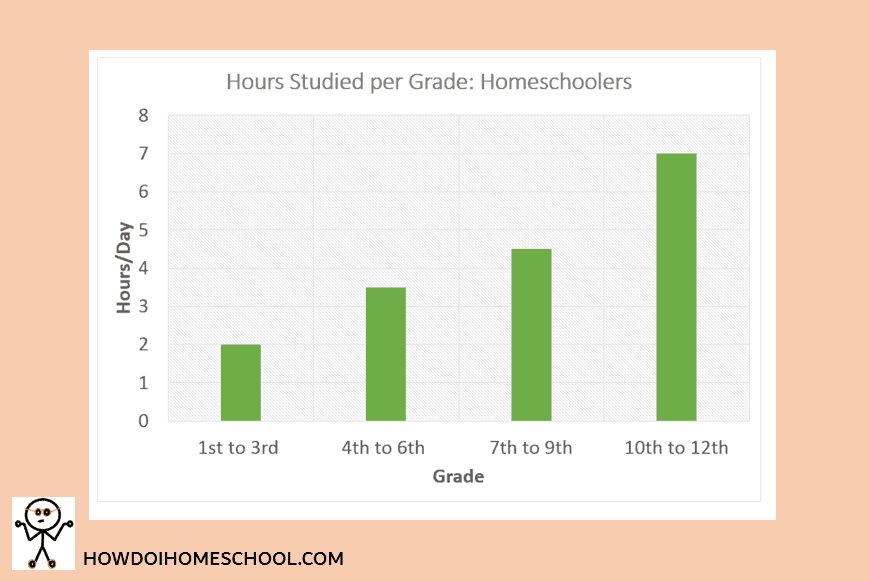
Advantages of the Traditional Homeschooling Method
The traditional homeschooling method has many good things about it, including:
- they’re familiar
- you don’t have to know anything about homeschooling to do them
- that programs are often accreditation
- they’re the best choice if you’re doing short term homeschooling as you can easily put your kids back in a school that will have a similar curriculum
- many new time parents use this method, making it a popular choice
There’s a lot to like about the school-at-home method.
“I’ve Heard the Traditional Method is a Bad Options. Is this true?”
Absolutely not.
But, the traditional method can be demoralizing if you believe you have to do everything in the homeschool curriculum (including following the teacher’s manual exactly).
Parents need to know they have the freedom to do fewer lessons when it’s not suiting them and do more when it does suit them. They also need to know they have the freedom to skip repetitive material. And also skip whole lessons they feel are too much or not beneficial.
When parents don’t know this, they can get burned out as they attempt to do everything in the program. And sometimes, that’s almost impossible, especially if you have a toddler crying at your heels while homeschooling.
I Use the Traditional Method
I have an eclectic homeschool, and part of my eclectic homeschool includes the traditional homeschooling method. I use the BJU Press curriculum for math and reading in the morning and then use other methods in the afternoon.
My homeschool is very successful. I love it, and my kids love it.
But, I don’t use teachers’ manuals. They were too stressful to follow.
Why Many Parents Switch from Traditional Homeschooling to Another Method
Other Reasons Parents Don’t Continue with the School-at-Home Method
- has the highest burnout rate (because of the high amount of work required by parents and boredom as the curriculum isn’t as enjoyable as other methods) and
- is expensive (thanks to the high cost of boxed homeschool curricula).
However, if it’s your first year of home educating, the traditional homeschool method is a good choice as it is familiar.
I wouldn’t dissuade you from using a traditional program like BJU Press. This is because it’s comforting to have a familiar educational method and know precisely what you’re doing for the year.
Take a year or two to figure things out, and then you can look at other methods and curricula. Amid the plethora of changes that happen when you start homeschooling, the traditional way is one familiar thing.
Different Methods of Homeschooling
- Eclectic
- Charlotte Mason
- Classical
- Unit Studies
- unschooling
- Waldorf (also called Steiner)
- Montessori
We’ll go through these briefly below, and you can click the link to find out more about each method.
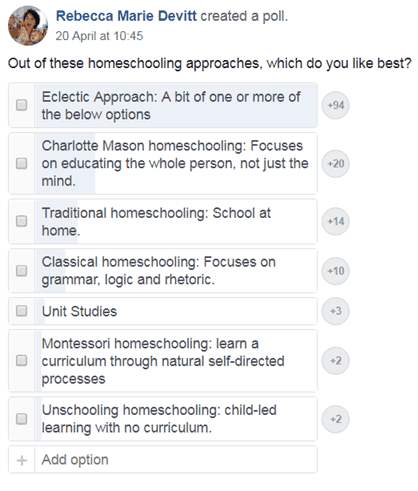
Eclectic vs Traditional Homeschooling Method
Compared to traditional homeschooling, the relaxed/eclectic approach is more…you guessed it…relaxed as you can choose elements of the school-at-home method (or any method) that you like and leave the parts that you don’t like.
For many parents, this happens when they choose and traditional curriculum but skip the busywork. This is wise, as trying to get everything done in a boxed curriculum can lead to burnout – especially if you’re teaching multiple children.
I want to use an eclectic homeschool curriculum…how do I do this?
Many parents use an eclectic approach by combining traditional homeschooling with flexibility from another method like natural learning or the Charlotte Mason method.
This means parents can buy an organized BJU or Abeka curriculum and incorporate elements from other educational methods they love. Some popular combinations are:
- Traditional + unschooling/natural learning/interest-based-learning (very popular among Australian homeschoolers)
- Charlotte Mason + Classical home education (prevalent among American Southern Baptist families)
- Montessori + Traditional home education.
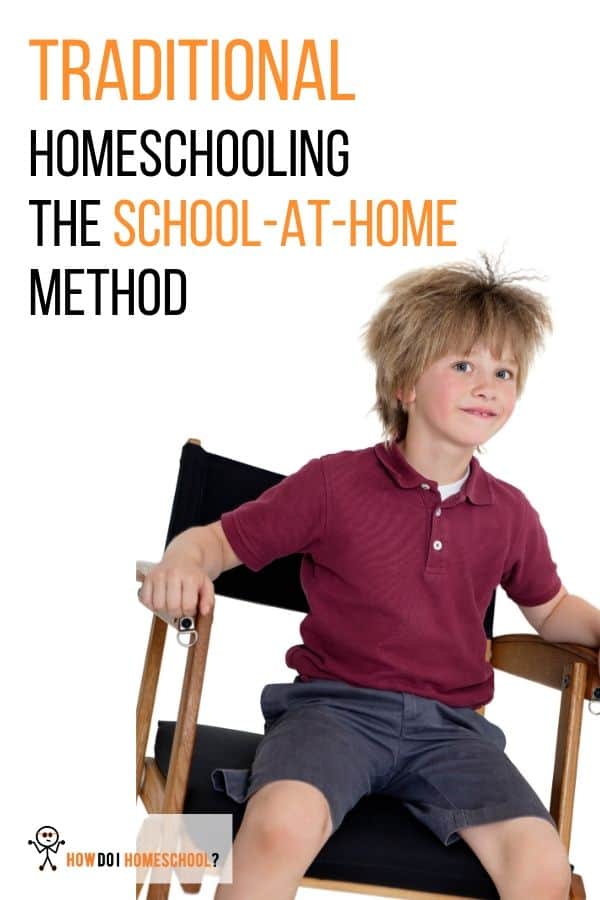
Charlotte Mason vs Traditional Homeschooling Method
Compared to the school-at-home method, Charlotte Mason homeschooling is also more relaxed. This is because Charlotte Mason, who was trained as a classical teacher, felt the Classical education of her day was too rigid and didn’t allow children enough enjoyment.
Mason’s method is more gentle and involves low-stress testing methods like narration and more engagement with nature than most other educational methods. Other tenets of a Charlotte Mason education are:
- teaching using living books
- gentle learning with education as a way of life rather than a curriculum
- guided discovery
- good habit training
- short Lessons
- grow the mind and grow the person
- dictation
- perfect copy work
Charlotte Mason home education is probably the most popular educational approach used by home educators in America. You can read more about this method and the tenets outlined above here. You can also use or purchase Charlotte Mason curricula here.
Classical vs Traditional Homeschooling Method
Compared to the traditional method, the Classical approach is probably the most rigid form of education. (Indeed, many other educational methods were formed as a reaction to more stringent forms of education; this is how the unschooling, Charlotte Mason, and Waldorf modes of education came into existence.)
Homeschoolers go through three main stages of education when they do Classical homeschooling. Collectively, these stages are called the trivium. A summary of the trivium is:
- The formative stage in classical education is called the grammar stage. This is where children learn educational tools they will use in later stages.
- The secondary stage is called the logic stage. Children learn to join the dots using the tools they learned in the grammar stage.
- The final stage is called the rhetoric stage. In this stage, children learn to debate and eloquently assemble the ideas they learned in the formative stages.
The classical method is also trendy among home educators, especially in America. Many parents use Classical Conversations to implement their children’s classical training.
You can read more about the Classical approach here or find Classical home education curricula here.
Unschooling vs Traditional Homeschooling Method
Compared to the school-at-home method, unschooling is much more relaxed. Also called natural learning or interest-based learning, unschooling is hugely popular among Australian families.
This method is not technically homeschooling, as the parents and children are supposed to have equal control over the child’s education. Many unschooling parents are offended when their children are referred to as homeschoolers.
This is because unschooling parents object to ‘giving a child an education.’ Instead, they feel a child learns best when interested in a subject. Of course, many parents feel this way, but unschooling families take this philosophy and let children direct their own education. These parents think a child will learn how to do something if they want to. For instance, they’ll learn how to read if they want to read books, or they’ll learn how to sew if they want to sew.
But, critics of unschooling object that this also means that if a child wants to play computer games whenever he wants to, he’ll do that too. And this is where critics have a big problem with unschooling. Essentially, they don’t believe kids will make good enough choices to justify this type of learning. You can see the full arguments on both sides here.
In America, unschoolers are thought to make up 10% of the homeschooling population. In Australia, this proportion is even higher.
Waldorf vs Traditional Homeschooling Method
Compared to traditional homeschooling, the Waldorf approach is a little more flexible. Children are encouraged to be more hands-on and explore their environment more than they would if they used a school-at-home approach.
The overarching aim of a Waldorf homeschool in:
- early childhood years is to teach children the world is good.
- elementary years is to teach children the world is beautiful.
- secondary years is to teach children the world is true.
Waldorf education is rooted in some unusual beliefs (anthroposophy) and is very different from Christian theology. For this reason, some Christians shy away from Waldorf education. You can read more about the Steiner methods and their philosophy here.
Montessori vs Traditional Homeschooling Method
Compared to traditional methods, the Montessori educational approach is more relaxed and encourages curiosity and imagination in children. Common tenets of Montessori education include:
- using natural materials like wood for play equipment and play tools.
- mixed-age classrooms with children usually going into older classrooms every three years.
- compared to the traditional homeschooling method, children spend a long time on projects instead of being moved on every one to two hours (three hours is the usual block of time given).
- a classroom that has been well-thought-out as materials are grouped according to their subject.
- children get to choose what they do within a limited number of choices provided for them.
- students can move wherever they want in the classroom, and they’re not limited to desks.
- children discover things for themselves instead of being taught as they might be in a traditional setting.
- a teacher who continues with children and gets to know them over a long period. Montessori teachers are supposed to be mentors also (similar to Waldorf teachers).
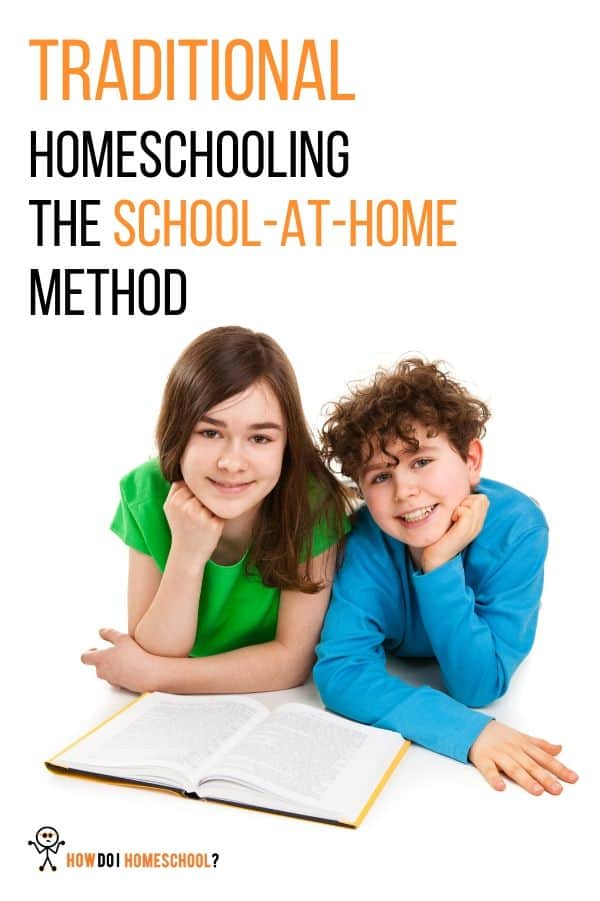
Overarching Montessori Mantras
The Montessori method also has several overarching mantras and goals, some of which are:
- Less is more – give children a limited number of toys and activities, so they’re not overwhelmed with choices. This might mean you take cluttered toy boxes away and give them only 6 quality activities.
- Encouraging responsibility at a very young age – teachers establish areas for children to reach things and do things for themselves (as far as is possible and sensible). In one Montessori home, I found a high chair toddlers can get into by themselves…how about that for independence!
And it is for this reason that Montessori education is trendy in preschools today. Everyone loves the idea of their children learning more and becoming more independent. I can only see positives in a lot of the Montessori method.
Traditional Homeschooling Curriculum Packages
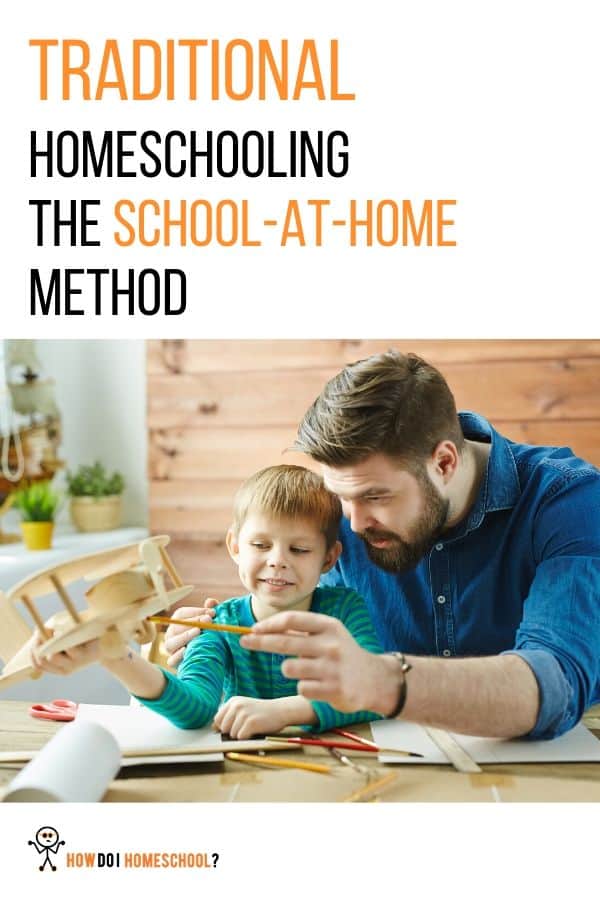
Conclusion
Traditional homeschooling is an excellent way to begin your educational journey at home. It’s safe, familiar, and easy to implement. While I would encourage you to look at other methods besides the school-at-home method, this educational approach is a great starting point if you’re new to home education.
